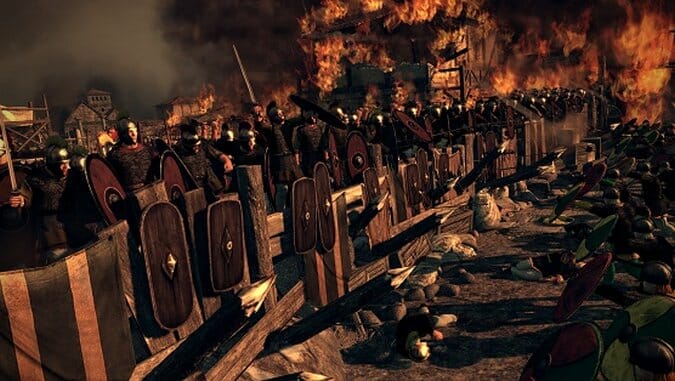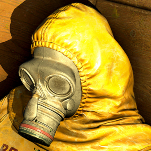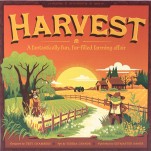Total War: Attila—Hun Factor

By this point, the Total War series is so woven into the fabric of PC gaming that it hardly needs explanation of its take on grand strategy. Its creators, Creative Assembly, have a vision of what they want and they deviate from it rarely, if ever. Indeed, looking over reviews of past Total War games meant reading intros that are markedly similar to what I just wrote. Even reviewers have to acknowledge that each new entry is much the same as the last in structure and art style, just as they did with the one before that and the one before that.
This isn’t brought up to be snarky about Total War, the folks who review the games, or (certainly) myself. It’s just that a Total War game simply doesn’t change a whole lot between entries. This isn’t Paradox, reinventing game maps and core systems, or Firaxis, switching to hexes and eliminating stacking. Creative Assembly has a blueprint stretching back over a decade and they’re going to keep building with it, come hell or high water.
Briefly, for the few who are still uninitiated, the Total War games wed zoomed out grand strategy a la Civilization with zoomed in real time strategy battles. You build armies and research tech on a turn based map. When a battle between armies takes place, the real time layer takes over and you actually play out the battle.
Total War: Attila is, for better or worse, a Total War game. Speaking only for myself, it comes with added pressure to succeed. The past few entries in the series have been, to put it nicely, a bit of a letdown. Empire had to contend with crippling bugs. Napoleon was too limited in scope, Shogun II too simple. And then poor Rome II was hobbled by strange performance issues and AI flubs which took a free expansion/revamp a year after release to fix.
Since Attila is essentially the same game as Rome II, only set during the Migration Period which preceded the fall of Rome, I was more than a bit trepidatious. Thankfully that was mostly without merit. Attila isn’t the best entry in the series’ history, but it’s done quite a bit to claw back Total War’s reputation for me.
The basics are the same as the others in the series, so there’s not much to say. Attila tinkers very little with the basic Total War formula, other than making the tech trees for the factions more robust. Everything is still “move on big board/fight on small board” as it has been for years. Newcomers should be able to grasp the basics quickly, while old hands will pick it up comfortably. Most pleasantly, the game sticks with the improved building UI from Rome II, which isn’t terribly surprising but is very welcome given the sometimes confusing maze of buildings from earlier games in the series.
Attila really shines in the way it matches its mechanics to the historical situation in Europe and the Middle East at the time it presents. This was when huge masses of people, primarily Germanic tribes from the north and nomadic tribes from the east, began to move around Europe. This placed enormous strain on the Roman Empire, at that point split into east and west. The Romans couldn’t fight the hordes and, despite their best efforts, couldn’t absorb them. So things slowly crumbled until the Western Roman Empire collapsed entirely and the Eastern Roman Empire became a far more inward looking, less Roman state.
To represent these masses of humanity moving around Europe, Attila allows nomadic factions (the Huns, Alans and Goths) to combine city and army mechanics into one on the strategic map. Essentially, every army in a horde faction doubles as a mobile city. An army can build buildings (in this case, it’s more accurate to call them tents and fields) and recruit new troops or leaders, just as the cities of a normal faction can.
The catch is that an army needs to be stationary to either build or replenish troops. To do that, an army camps via the stance selection mechanics. It’s very well done and makes the hordes feel different from the Roman and Sassanid factions. You’re forced to constantly figure out both when and where to camp, as the Roman factions eat up most of the map and they’re not pleased with you.
You can (and probably should) eventually settle by taking over a city or rebuilding one which was razed (razing a city is now really razing it, wiping the province from the map). Once you do, your faction becomes a normal one: you measure your empire in number of cities, deal with squalor, can build more advanced buildings, etc. It makes for two games in one, with an early game based on trying to keep on the move and a middle to late game based on civilizing your barbarians.
-

-

-

-

-

-

-

-

-

-

-

-

-

-

-

-

-

-

-

-

-

-

-

-

-

-

-

-

-

-

-

-

-

-

-

-

-

-

-

-









































